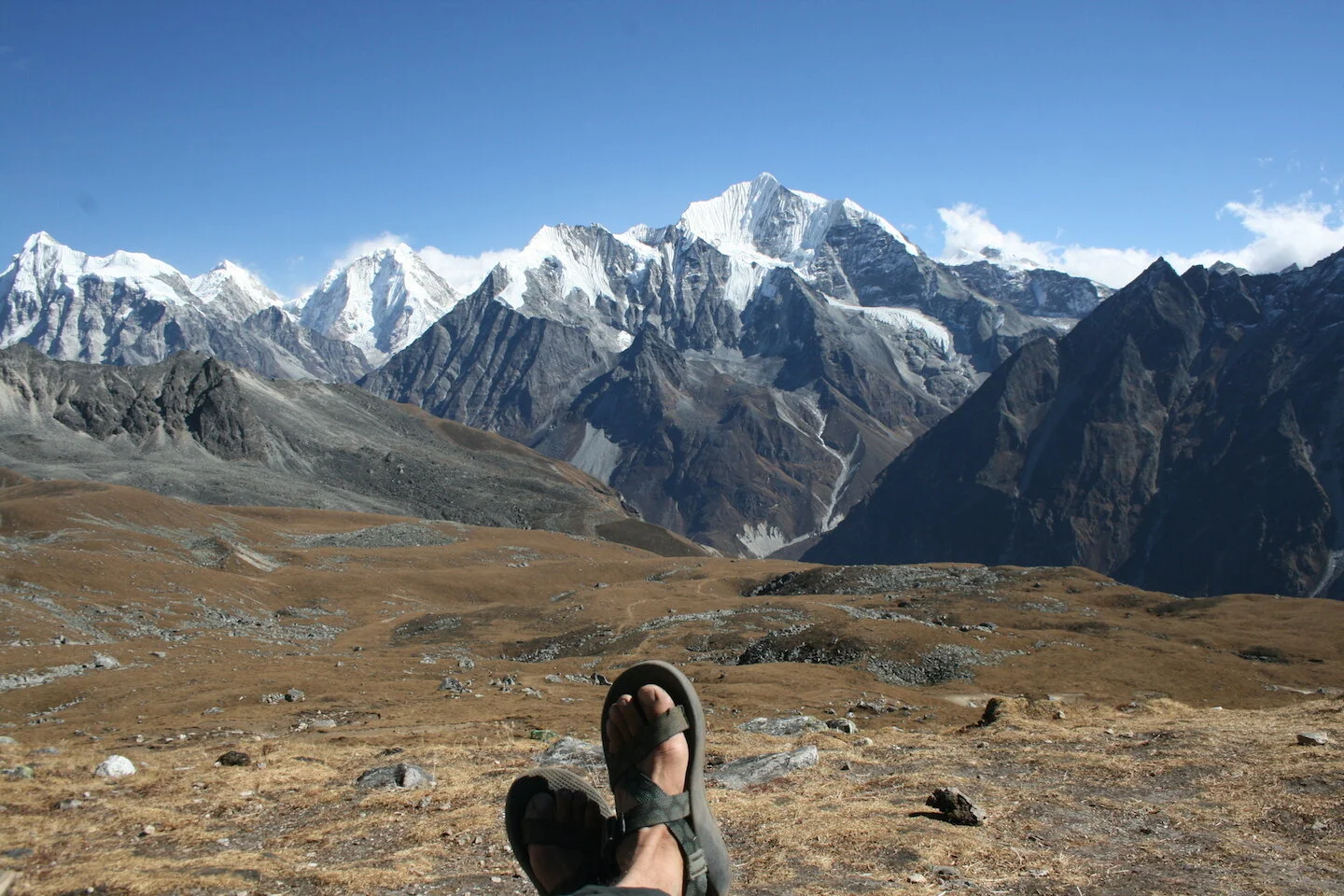What Things Cost in the Philippines
They told us it would be cheap, but we didn’t believe them. Turns out, they don’t lie. The Philippines is 100% the cheapest country we’ve been to in Southeast Asia.
It was hard to conceptualize what prices in the Philippines were going to be like. And it’s true that they can waver vastly between rural villages and posh resorts. However, if you’re on a budget, you can almost always find decent deals. Here’s a handy guide to some common necessities.
Rooms
🏠
Single bed: 300 pesos
Cheap Double: 400 pesos
Rooms are decent in the Philippines. Unfortunately, on almost all the islands, there are some people that will be paying a premium for absolutely gorgeous resorts. That draws the prices up a bit and makes it seem like you’re getting a deal when you’re really sleeping on a shoddy bunk bed in someone’s spare room. Don’t fall for the trap: think about what you’re paying for and what it’s worth to you.
This is also one of those places where hostels are few and far between. They exist in the cities, of course, but we tried to avoid those during our stay. We had the best luck asking locals for the cheapest room in town or scouring Agoda for something on sale.
Of course, camping (or hammocking) is free.
Ferries
⛵
Short Ferries: 100 pesos
Overnight Ferries: 400 pesos
Transport between islands can add up, but it’s extraordinarily reasonable if you do it right. Because the entire country is full of islands, it means that normal Filipinos have to ride the ferries themselves. As long as you choose local boats, they won’t cost you an arm and a leg.
Shorter trips are more standard, anywhere between 60 and 100 pesos for trips under and hour. Longer trips start getting messy. They can be completed on fast ferries or slower cargo ships. Overnight journeys on the big cargo boats are very comfortable (beds and calm seas). They won’t even cost more than a decent room. You can usually get em for between 300 and 700 pesos, depending on the length of trip. Of course, super-long-haul journeys will set you back a bit more.
Rumor has it, you can try to hitch short rides with fisherman. We’re ashamed to say we didn’t try, but would love to hear more about it!
Busses
🚐
Price Per Hour: 50 pesos
Aircon Minimum: 50 pesos
Much of the Philippines (at least the islands around Cebu where we explored) has a brilliant system of busses. These busses, run by the company Ceres, come in standard and aircon varieties. They have bus stations where you can easily choose a port labeled clearly with a destination or they’ll pick you up on the side of the road.
Either way, they’ll give you a ticket with a fair price. Standard busses are usually about 50 pesos per hour. Aircon busses will run you a bit more, between 20 and 60 pesos depending on the length of the trip. Do note that aircon busses usually have price minimums, so short rides can end up costing more than they should.
Tricycles
🚴
Short Trip: 5 pesos
Across Town: 20 pesos
Trikes are the Philippines’ answer to tuktuks. They’re motorbikes with small carts attached. Sometimes they’re public, especially to and from popular destinations and sometimes you’ll get them all to yourself. You’ll get similar prices from motos, if not a bit cheaper.
Jeepneys
🚗
Across town: 5 pesos
Per hour: 20 pesos
These are not only the creme de la creme of public trans in the Philippines, they’re also quintessential to the culture. Some people complain about them, but we thought they were great. Sometimes just called Jeeps, more often Jeepneys, these mini busses are open air and brightly painted affairs. You can’t miss them.
They’re not the most comfortable, but they’re super cheap and it’s fun to ride with the locals.
Beer
🍺
1L Red Horse: 80 pesos
Beer is pretty cheap in the Philippines, if not the tastiest. And oh do the local’s love it. If you’re really lucky, you’ll find Red Horse, the local nosh, for 80 pesos. Grocery stores are your best best, not corner shops. It’s about 100 pesos in local restaurants. There’s also San Miguel, which a bit tastier and slightly lower percentage. It’ll run you marginally more at some establishments.
Rum
🍹
1L Tanduay Rhum: 90 pesos
That’s right, one liter of rum is the same price as one liter of beer. Coincidentally, it’s about the same price as a liter of coke. Do with that what you may. If you’re wavering, the locals will certainly get you drunk sooner or later.
Dives
🌊
Normal Dive with Rental: 1200 pesos
Dives are very reasonable on the islands. In popular spots, a good starting point is about 1200 pesos, but this may not include errant reef or environmental fees. The very cheapest we found was 800 pesos for a beach dive. Well worth the splurge if you can manage it.
If you bring your own mask, of course, snorkeling is totally free!
Check out some of the Philippines’ best nooks and crannies.
(and honestly lots of other places too)
Moped Rental
🚲
Daily Rental: 200 pesos
1L Gas: 50 pesos
Moped rentals require a bit of haggling. You can either get them from many touters nears ports/airports or often from your lodging. Most people start by asking north of 300 pesos per day, but if you can get it down to 200 pesos you should feel pretty good about yourself.
We did find some varying qualities in mopeds (gas mileage and shitty breaks on our cheapest rental) so take not before you buy. We had absolutely no trouble with scams, though. Everyone we worked with was extremely helpful.
SIM Card
📱
SIM Card: Free
1G Data: 300 pesos
If you go with one of the big providers like globe, you should be able to find their SIM cards for free. You can then add packages depending on how much data you want and for how long. We just needed a bit of data and no calling, so we chose 1.5G for 30 days at 300 pesos. These companies love offering promos, so you might get a better deal or more data on a specific app like Instagram.
Globe’s data worked just fine for us. Note they have proper stores in most malls which are super helpful.
Water
🚰
1L Refill: 3 pesos
There is FABULOUS access to filter water in the Philippines. Most towns have streets lined with self-serve jugs where you can fill for about 3 pesos per liter. There’s absolutely no reason to buy bottled water here so bring a jug.
If you’re super cheap, you can often get free refills at even the simplest restaurants.
Prepared Food
🍗
Rotisserie Chicken: 180 Pesos
Veg Main: 20 Pesos
Portion Rice: 10 Pesos
Small Pastry: 2 Pesos
Although not the food capital of the world, the Philippines has some decent options. Cheap restaurants abound, and this is one of those countries where cooking pasta at the hostel will cost you more than eating at the local digs.
Our absolute favorite was the roast chicken, which is filling and delicious. Small establishments with spits are everywhere, but the freshness can vary. Look for pork belly there too.
Bakeries are a mixed bag, but the Filipinos love them. Beware all bread is sugary - even the chicken filled ones. We had good success with muffins, chocolate buns, and banana bread. Items start at 2 - 5 pesos and go up from there.
Most cheap Filipino restaurants will have a smorgasbord of dishes to choose from. One portion of vegetables is normally about 20 pesos, but it may take two to fill you, plus at least one portion of rice. Meat and seafood are marginally more expensive. Try soups for the best value.
Groceries
🍌
Bananas: 20-40 pesos/kilo
Eggs: 5 pesos each
We stuck to mostly fruit at the markets, although we made the occasional stir fry and scrambled egg. Roadside prepared food is just so cheap and easy. Hint: pasta is definitely not the way to go here. Plus, the store bought sauce is awful.
Rice is by far cheaper, although we never bothered cooking a whole pot just for the two of us. You can sometimes buy pre-made noodles from ladies on the side of the road in small quantities. We paid about 30 pesos for four portions to add to our stir fry.
Fruit isn’t always as cheap as you may think. Bananas are the best bet, ranging from 20 - 40 pesos per kilo depending on the size. Mangoes can be as much as 120 pesos per kilo, but if you’re lucky you can get them for 80 ppk or less if they’re on the ugly side.
Find this information helpful? Got any updates? Let us know!









